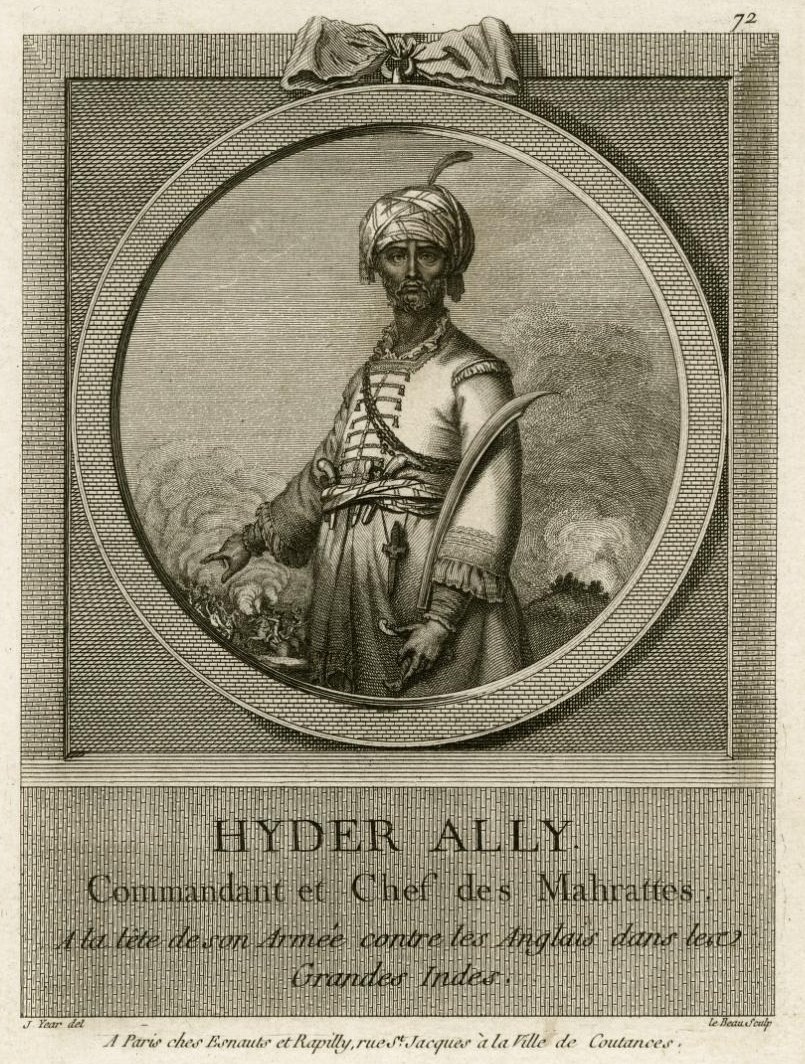|
Pudukkottai State
Pudukkottai was a kingdom and later a princely state in British India, which existed from 1680 until 1948. The Kingdom of Pudukkottai was founded in about 1680 as a feudatory of Ramnad and grew with subsequent additions from Tanjore, Sivaganga and Ramnad. One of the staunch allies of the British East India Company in the Carnatic, Anglo-Mysore and Polygar wars, the kingdom was brought under the Company's protection in 1800 as per the system of Subsidiary Alliance. The state was placed under the control of the Madras Presidency from 1800 until 1 October 1923, when the Madras States Agency was abolished, and until 1948 it was under the political control of the Government of India. Pudukkottai State covered a total area of and had a population of 438,648 in 1941. It extended over the whole of the present-day Pudukkottai district of Tamil Nadu (with the exception of Aranthangi taluk which was then a part of Tanjore district). The town of Pudukkottai was its capital. The rule ... [...More Info...] [...Related Items...] OR: [Wikipedia] [Google] [Baidu] |
Thondaman Dynasty
The Thondaimans are chieftains who ruled the region in and around Pudukottai from the 17th to 20th century. The Pudukkottai Thondaiman dynasty was founded by Raghunatha Thondaiman, the brother-in-law of the then Raja of Ramnad, RaghunathaKilavan Setupati. The Pudukottai Samasthanam was under Thondaiman dynasty for one year even after Indian Independence. The Thondaiman dynasty had a special Valari regiment. History In 1686, the Ramnad kingdom was ruled by Raghunatha Kilavan Setupati, the Raja of Ramnad and the Pudukottai region was ruled by a chief called Pallavarayan. The Raja of Ramnad suspected the chief's loyalty to the Ramnad kingdom and believed that the chief would shift his allegiance to the ruler of Thanjavur. So the Raja of Ramnad ousted the chief and appointed his brother-in-law Ragunatha Raya Tondaman, the brother of his queen Kathayi Nachiar, as the new ruler of Pudukottai. Thondaiman, the son of Avadai Raghunatha Tondaiman, was earlier ruling Thirumayam. ... [...More Info...] [...Related Items...] OR: [Wikipedia] [Google] [Baidu] |
Thanjavur Maratha Kingdom
The Thanjavur Maratha kingdom ruled by the Bhonsle dynasty was a principality of Tamil Nadu between the 17th and 19th centuries. Their native language was Marathi. Venkoji was the founder of the dynasty. Maratha conquest of Thanjavur Following the demise of Chola rule in the 13th century (specifically around 1279), the Thanjavur area came under the rule of the Pandyas and then, following the invasion of Malik Kafur, it fell into disorder. Pandya nadu very quickly reasserted their independence and added Thanjavur to their domain. Soon afterwards, however, they were conquered by the Vijayanagara Empire. The Emperor appointed his trusted Kin, who belonged to the Telugu Balija caste as Governors (Nayakas) of Madurai and Tanjavur. An internal family squabble between Chokkanatha Nayak of Madurai Nayak dynasty and his uncle Vijayaraghava Nayaka of Tanjavur led to a war and eventually ended in the defeat of Thanjavur. The rule of the Thanjavur Nayaks lasted until 1673, when ... [...More Info...] [...Related Items...] OR: [Wikipedia] [Google] [Baidu] |
The Hollow Crown
''The Hollow Crown'' may refer to: * a passage in Shakespeare's play '' Richard II'' * ''The Hollow Crown'' (anthology), a 1961 work by John Barton * ''The Hollow Crown'' (TV series), a BBC adaptation of Shakespeare plays * '' Hollow Crown'', a 2009 album by British metalcore band Architects * Dan Jones' ''The Wars of the Roses: The Fall of the Plantagenets and the Rise of the Tudors'', New York, Viking, 2014, ; also published as ''The Hollow Crown: The Wars of the Roses and the Rise of the Tudors'', London, 2014, . {{DEFAULTSORT:Hollow Crown, The ... [...More Info...] [...Related Items...] OR: [Wikipedia] [Google] [Baidu] |
Trichinopoly District Gazetteer 1907
Tiruchirappalli () ( formerly Trichinopoly in English), also called Tiruchi or Trichy, is a major tier II city in the Indian state of Tamil Nadu and the administrative headquarters of Tiruchirappalli district. The city is credited with being the best livable city and the cleanest city of Tamil Nadu, as well as the fifth safest city for women in India. It is the fourth largest city as well as the fourth largest urban agglomeration in the state. Located south of Chennai and north of Kanyakumari, Tiruchirappalli sits almost at the geographic centre of Tamil Nadu state. The Cauvery Delta begins west of the city where the Kaveri river splits into two, forming the island of Srirangam which is now incorporated into the Tiruchirappalli City Municipal Corporation. The city occupies an area of and had a population of 916,857 in 2011. Tiruchirappalli's recorded history begins in the 3rd century BC, when it was under the rule of the Cholas. The city has also been ruled by the Pal ... [...More Info...] [...Related Items...] OR: [Wikipedia] [Google] [Baidu] |
Imperial Gazetteer Of India 1908
Imperial is that which relates to an empire, emperor, or imperialism. Imperial or The Imperial may also refer to: Places United States * Imperial, California * Imperial, Missouri * Imperial, Nebraska * Imperial, Pennsylvania * Imperial, Texas * Imperial, West Virginia * Imperial, Virginia * Imperial County, California * Imperial Valley, California * Imperial Beach, California Elsewhere * Imperial (Madrid), an administrative neighborhood in Spain * Imperial, Saskatchewan, a town in Canada Buildings * Imperial Apartments, a building in Brooklyn, New York * Imperial City, Huế, a palace in Huế, Vietnam * Imperial Palace (other) * Imperial Towers, a group of lighthouses on Lake Huron, Canada * The Imperial (Mumbai), a skyscraper apartment complex in India Animals and plants * '' Cheritra'' or imperial, a genus of butterfly Architecture, design, and fashion * Imperial, a luggage case for the top of a coach * Imperial, the top, roof or second-storey compartmen ... [...More Info...] [...Related Items...] OR: [Wikipedia] [Google] [Baidu] |
Salute State
A salute state was a princely state under the British Raj that had been granted a gun salute by the British Crown (as paramount ruler); i.e., the protocolary privilege for its ruler to be greeted—originally by Royal Navy ships, later also on land—with a number of cannon shots, in graduations of two salutes from three to 21, as recognition of the state's relative status. The gun-salute system of recognition was first instituted during the time of the East India Company in the late 18th century and was continued under direct Crown rule from 1858. As with the other princely states, the salute states varied greatly in size and importance. The states of Hyderabad and Jammu and Kashmir, both with a 21-gun salute, were each over 200,000 km2 in size, or slightly larger than the whole of Great Britain; in 1941, Hyderabad had a population of over 16,000,000, comparable to the population of Romania at the time, while Jammu and Kashmir had a population of slightly over 4 million ... [...More Info...] [...Related Items...] OR: [Wikipedia] [Google] [Baidu] |
Aranthangi Taluk
Ara(m)nthangi taluk is a taluk of Pudukkottai district of the Indian state of Tamil Nadu. The headquarters of the taluk is the town of Aranthangi Aranthangi is a town chola Nadu in Pudukkottai district in the state of Tamil Nadu, India. As of 2011, it had a population of 40,814. And this is one of the part in Chettinadu. Geography The town lies 10 degrees north in latitude and 70 degre ... Demographics According to the 2011 census, the taluk of Aranthangi had a population of 195798 with 95235 males and 100563 females. There were 1056 women for every 1000 men. The taluk had a literacy rate of 72.86. Child population in the age group below 6 was 10609 Males and 10101 Females. References Taluks of Pudukkottai district {{Pudukkottai-geo-stub ... [...More Info...] [...Related Items...] OR: [Wikipedia] [Google] [Baidu] |
Pudukkottai District
Pudukkottai District is one of the 38 districts of Tamil Nadu state in southern India. The city of Pudukkottai is the district headquarters. It is also known colloquially as ''Pudhugai.'' Pudukkottai district is bounded on the northeast and east by Thanjavur District, on the southeast by the Palk Strait, on the southwest by Ramanathapuram and Sivaganga districts, and on the west and northwest by Tiruchirapalli District. As of 2011, the district had a population of 1,618,345 with a sex-ratio of 1,015 females for every 1,000 males. The district has an area of 4,663 km² with a coastline of 42 km. The district lies between 78° 25' and 79° 15' east longitude and between 9° 50' and 10° 40' of the north latitude. Organisation On 14 January 1975, Pudukkottai was organised as a separate district comprising the former Pudukkottai Division of Tiruchirappalli district with some additions from Thanjavur district. At present, this district is composed of three revenue div ... [...More Info...] [...Related Items...] OR: [Wikipedia] [Google] [Baidu] |
Madras States Agency
The Madras States Agency was an agency of India. Founded in 1923, it consisted of these five princely states (by precedence) : * Travancore, ruled by a Maharaja with a hereditary salute of 19-guns; * Cochin, ruled by a Maharaja with a hereditary salute of 17-guns; * Pudukkottai, ruled by a Raja with a hereditary salute of 11-guns; * Banganapalle, ruled by a Nawab with a hereditary salute of 9-guns; * Sandur, a non-salute state ruled by a Raja. History Prior to 1923, the five states have been subject to the government of the Madras Presidency which was represented in each state by a resident usually the District Collector of a neighbouring Madras district.Great Britain India Office. ''The Imperial Gazetteer of India,'' Oxford, Clarendon Press 1908 When in 1923, all the states were brought under the direct control of the Government of India, the individual residencies were abolished and replaced with a single unitary agency responsible to the Governor-General of India. The ag ... [...More Info...] [...Related Items...] OR: [Wikipedia] [Google] [Baidu] |
Subsidiary Alliance
A subsidiary alliance, in South Asian history, was a tributary alliance between a South Asian state and a European East India Company. Under this system, an Indian ruler who formed a treaty with the company in question would be provided with protection against any external attacks. In return, the ruler was required to: * keep the company's army at the capital of their state, * give either money or territory to the company for the maintenance of the troops, * expel all other Europeans from their state, whether they were employed in the army or in the civil service, * keep a European official called 'resident' at the capital of their state who would oversee all negotiations and communications with other states, meaning that the ruler was to have no direct correspondence or relations with other states, without the resident's approval. The ruler was also forbidden from maintaining a standing army or waging wars. Development The system of subsidiary alliances was pioneered b ... [...More Info...] [...Related Items...] OR: [Wikipedia] [Google] [Baidu] |
Polygar War
The Polygar Wars or Palaiyakkarar Wars were wars fought between the Polygars ('' Palaiyakkarars'') of the former Tirunelveli Kingdom in Tamil Nadu, India and the British East India Company forces between March 1799 to May 1802 or July 1805. The British finally won after carrying out gruelling protracted jungle campaigns against the Polygar armies. Many people died on both sides and the victory over the Polygars brought large parts of the territories of Tamil Nadu under British control, enabling them to get a strong hold in Southern India. First Polygar War The Polygar Wars were a series of wars fought by a coalition of Palaiyakkarar's against the British between 1750 and 1805. The war between the British and Maveeran Alagumuthukone is often classified as the First Polygar war (1759). The war between the British and Kattabomman Nayak of Panchalankurichi Palayam in the then Tirunelveli region is the First Polygar war in history. In 1799, a brief meeting (over pending taxes) bet ... [...More Info...] [...Related Items...] OR: [Wikipedia] [Google] [Baidu] |
Anglo-Mysore Wars
The Anglo-Mysore Wars were a series of four wars fought during the last three decades of the 18th century between the Sultanate of Mysore on the one hand, and the British East India Company (represented chiefly by the neighbouring Madras Presidency), Maratha Empire, Kingdom of Travancore, and the Kingdom of Hyderabad on the other. Hyder Ali and his succeeding son Tipu fought the wars on four fronts: with the British attacking from the west, south and east and the Nizam's forces attacking from the north. The fourth war resulted in the overthrow of the house of Hyder Ali and Tipu (the latter was killed in the fourth war, in 1799), and the dismantlement of Mysore to the benefit of the East India Company, which took control of much of the Indian subcontinent. The four wars First Anglo-Mysore War The First Anglo-Mysore War (1767 – 1769) saw Hyder Ali enjoy some measure of success against the British, almost capturing Madras. The British convinced Nizam Mir Nizam Ali Kh ... [...More Info...] [...Related Items...] OR: [Wikipedia] [Google] [Baidu] |
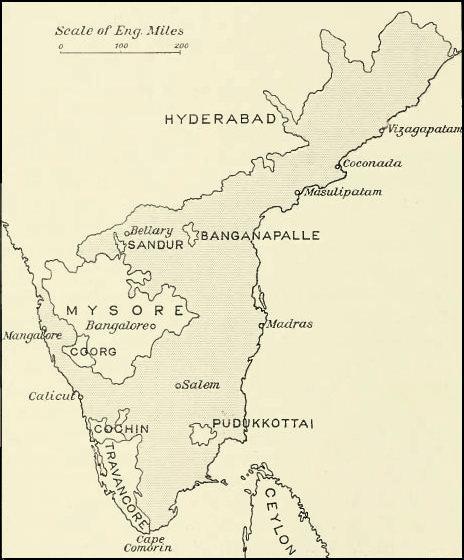
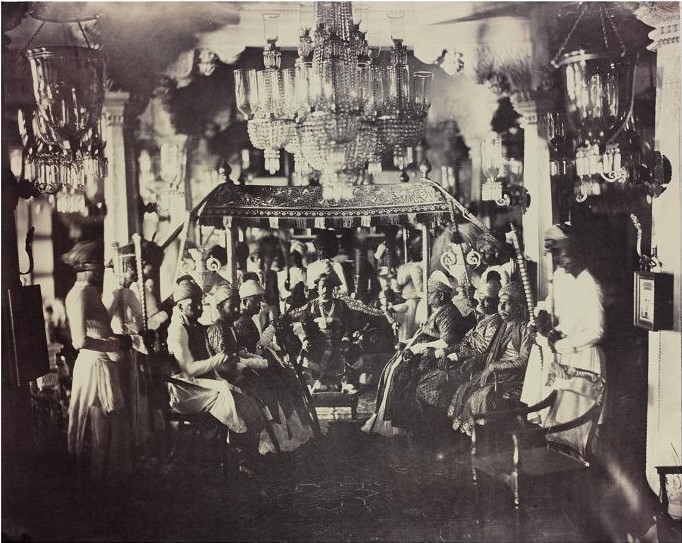

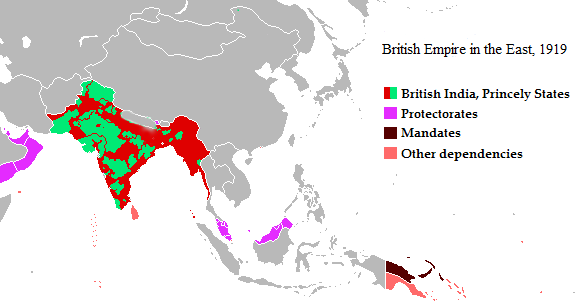
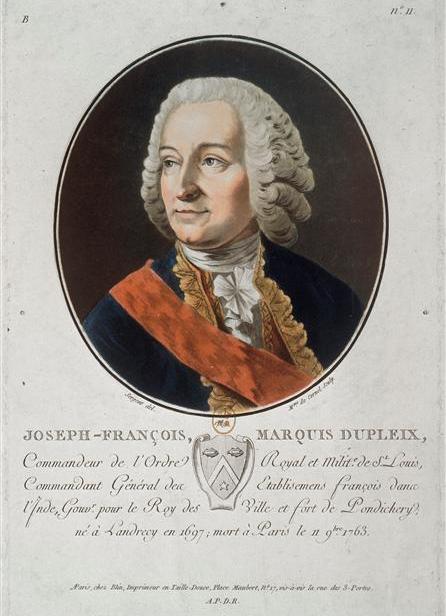
.jpg)
